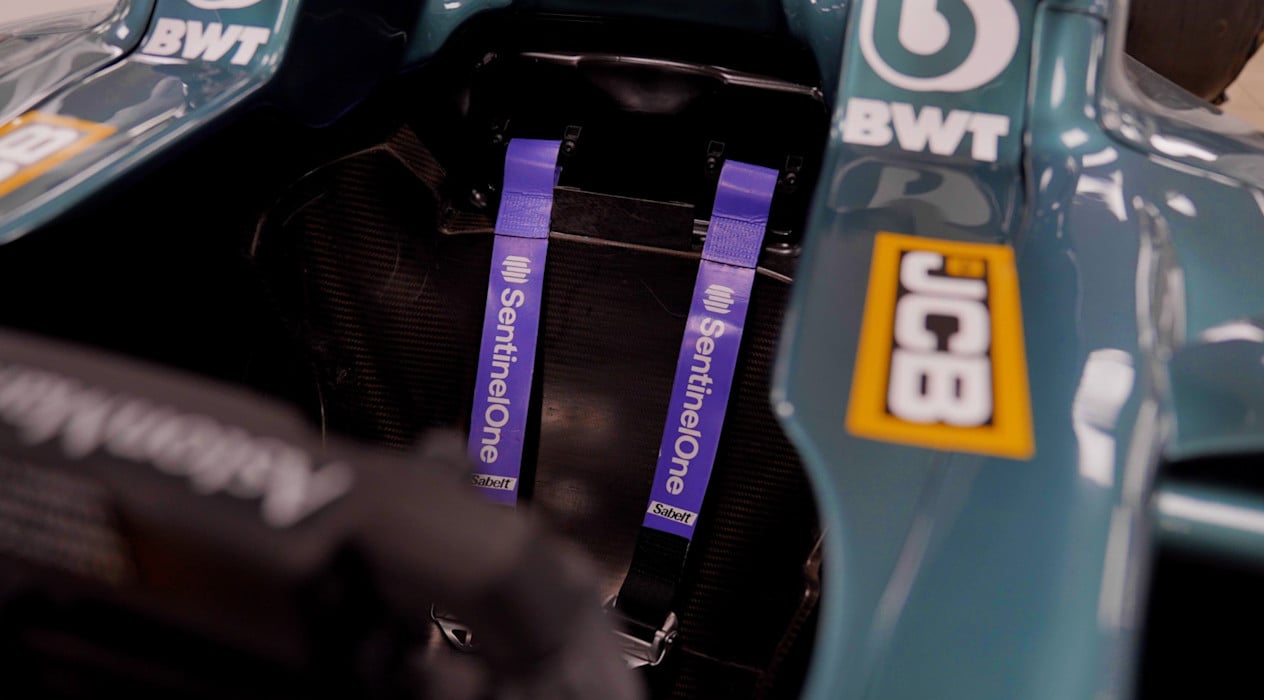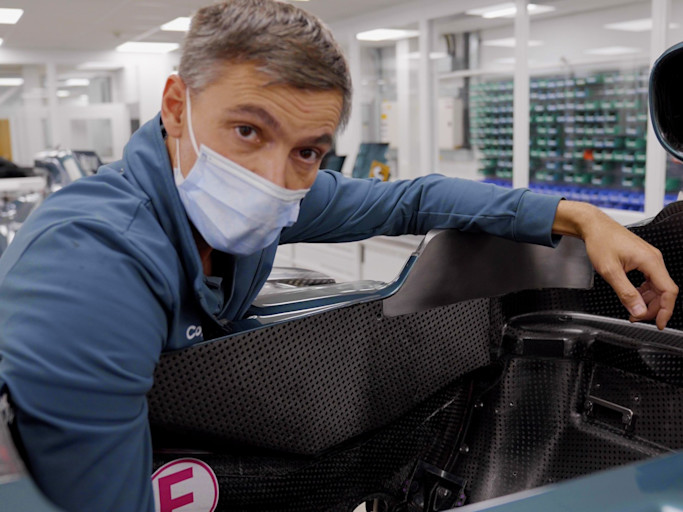
The race to improve safety never stops. With the help of Aston Martin Cognizant Formula One™ Team's Official Cybersecurity Partner SentinelOne, we're showcasing the seatbelt technology keeping our drivers safe.
Since 1972, seatbelts have been a compulsory component on all Formula One cars, and over the past 49 years, this safety feature has evolved with the times through constant refinement.
Current F1 cars feature a six-point safety harness. With multiple levels of security and rigorous testing procedures, they're designed to minimise the risks posed during a Grand Prix weekend.
The six-point seatbelt is uniquely tailored to fit each driver through adjustable brackets, ensuring they're both comfortable and providing a high standard of safety.
The shoulder straps can also work in tandem with the seat height for greater customisation for circuits such as Monaco, where a driver often prefers a higher seating position.
The race for F1 safety: Seatbelts
In Formula One, driver safety is paramount. Go behind the scenes at our Silverstone factory with SentinelOne to discover what goes into securing the drivers in the cockpit before they head out on track.

Before each round, every seatbelt is inspected by the FIA, not just to check a harness's homologation expiry date but to search for any signs of wear and tear.
The slightest indication of erosion renders a seatbelt unsafe, so a weakened harness is replaced with a new component before the AMR21 takes to the track to eliminate danger.
Featuring titanium buckles and Kevlar-sewn straps, seatbelts are designed to cope with the extreme stress posed by g-forces, keeping our drivers secure and safe in the cockpit.
Access I / AM to get closer to the team.
































